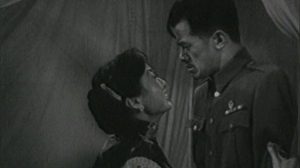The film:
One for the kids! Sanmao (Three-Hairs) is a comic strip character come to life in this film, which strings together several episodes from the original work’s depiction of the life of a street urchin in Shanghai. Wanderings of Three-Hairs the Orphan culminates in a bedlam ballroom sequence in a mansion. Working at an historical turning point, the filmmakers tacked on the victory parade ending after the People’s Liberation Army entered Shanghai in May 1949.
Sanmao liulang ji
Alternative English titles: An Orphan on the Streets, The Winter of Three-Hairs, The Adventures of Sanmao the Waif
Directors: Zhao Ming 趙明 and Yan Gong 嚴恭
Original story: Zhang Leping 張樂平
Screenplay: Yang Hansheng
Studio: The Peak Film Industries Corp., Ltd. (Kunlun 崑崙)
Date of release: October 30, 1949
Cast: Wang Longji, Lin Zhen, Du Lei, Cheng Mo, Meng Shufan (with cameos by Shangguan Yunzhu, Huang Zongying, Zhao Dan)
70 minutes
English subtitles translated by Christopher Rea
Learn more:
Wanderings of Three-Hairs the Orphan (1949) is discussed in chapter 13 of the book Chinese Film Classics, 1922-1949.
Related Posts
Teaching Resources for Early Chinese Cinema
The Chinese Film Classics Project is a research, teaching, and translation initiative aimed at making early Chinese cinema more accessible to the general public
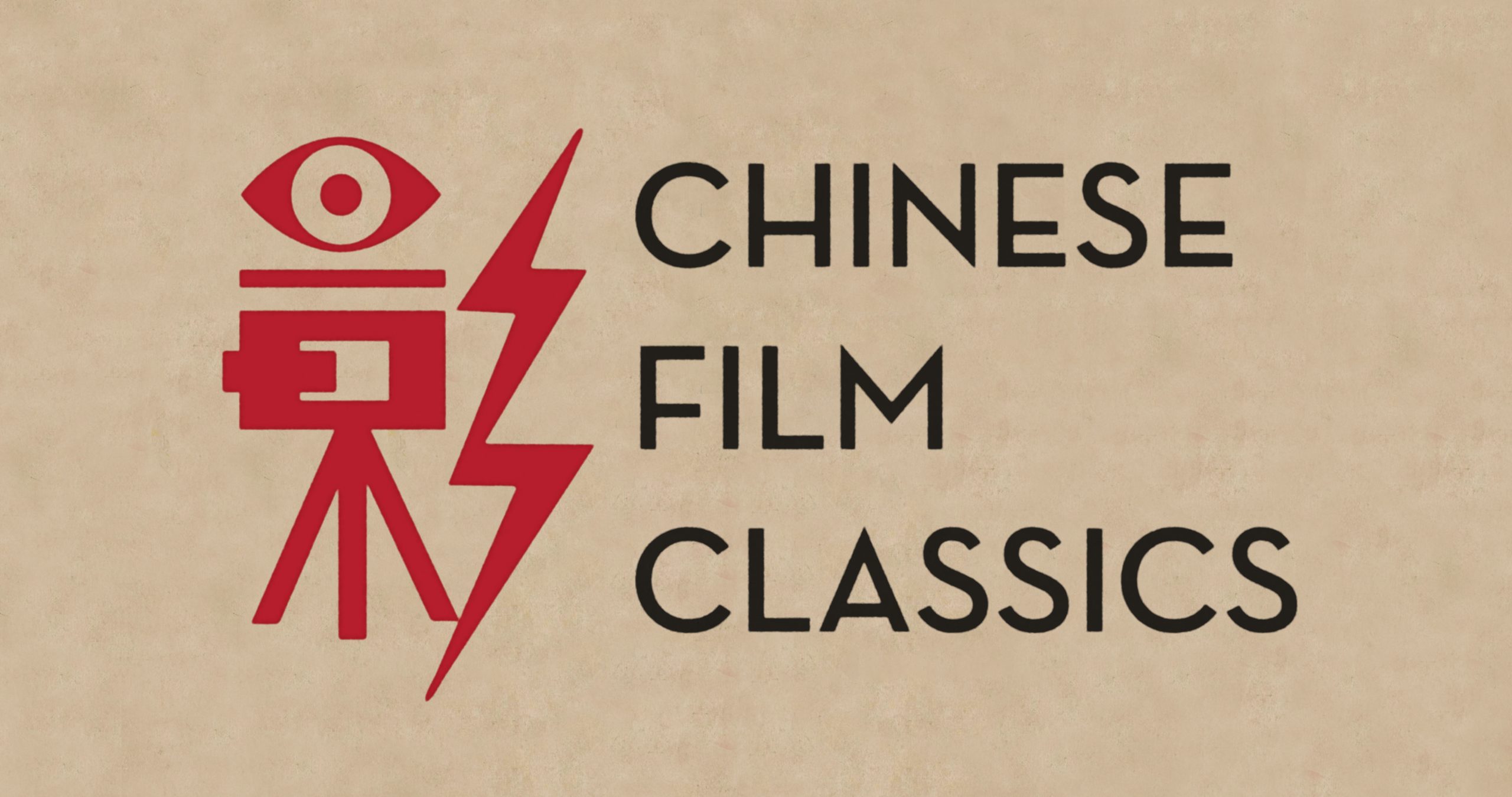
Special Effects
Special effects were common in early Chinese cinema, especially in comedies and martial arts (wuxia) films of the 1920s
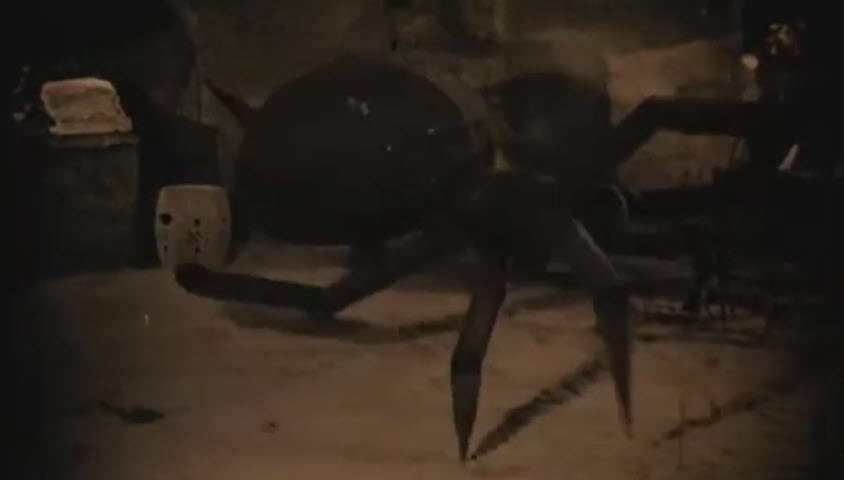
Animation and Cartoons 卡通與漫畫
Early Chinese cinema included both animated films and live-action films with animated and illustrated sequences
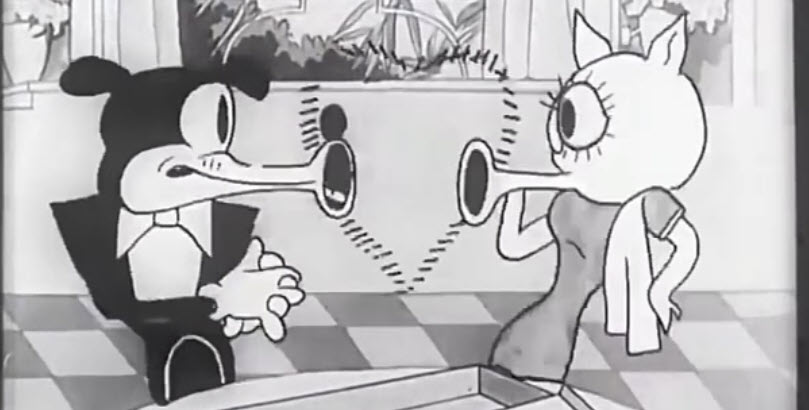
Chinese Film Classics, 1922-1929 (2021), by Christopher Rea
An essential guide to the first golden age of Chinese cinema, offering detailed introductions to fourteen films.
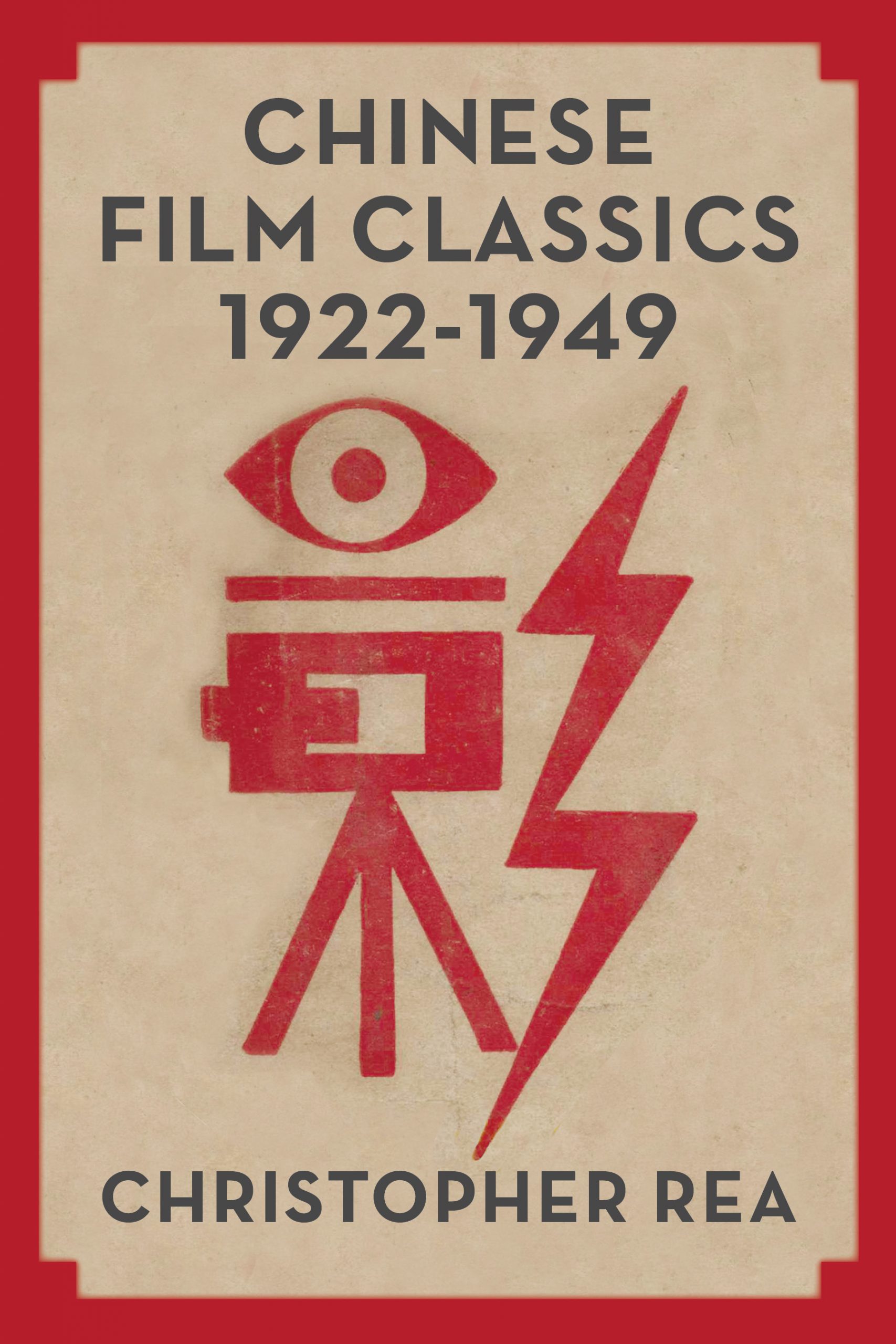
2021/03/01-05/12: Association for Chinese Animation Studies inaugural conference
A Zoom webinar featuring 19 panels of new academic research on Chinese animation, hosted by HKUST
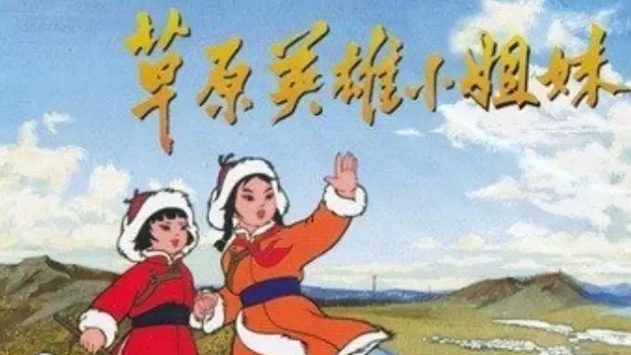
Animated Encounters (2019), by Daisy Yan Du
China’s role in the history of world animation has been trivialized or largely forgotten. In Animated Encounters Daisy Yan Du addresses this omission in her study of Chinese animation and its engagement with international forces during its formative period, the 1940s–1970s.
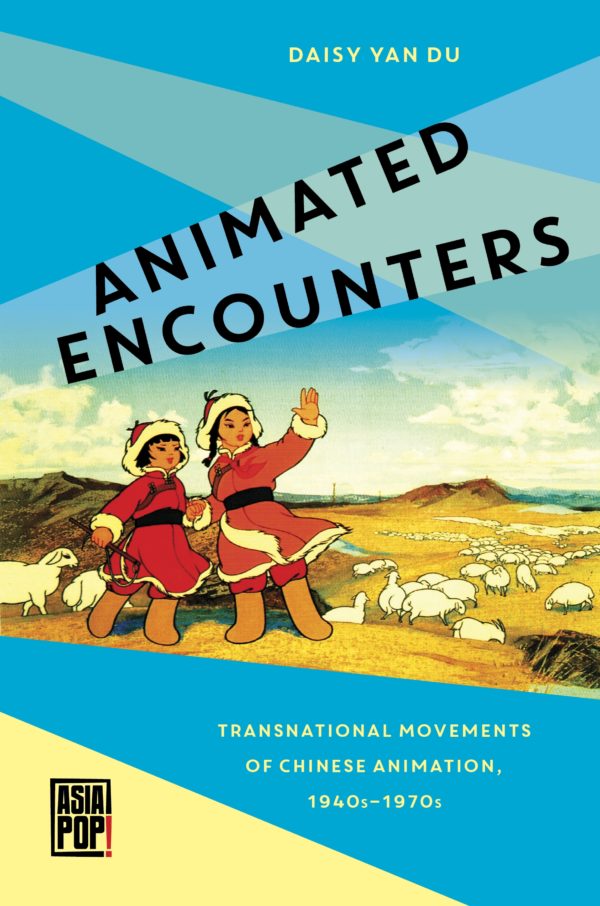
Crows and Sparrows 烏鴉與麻雀 (1949)
An epochal film, produced and set at the end of civil war, centering on a fight over housing. Who will stay and who will go?
